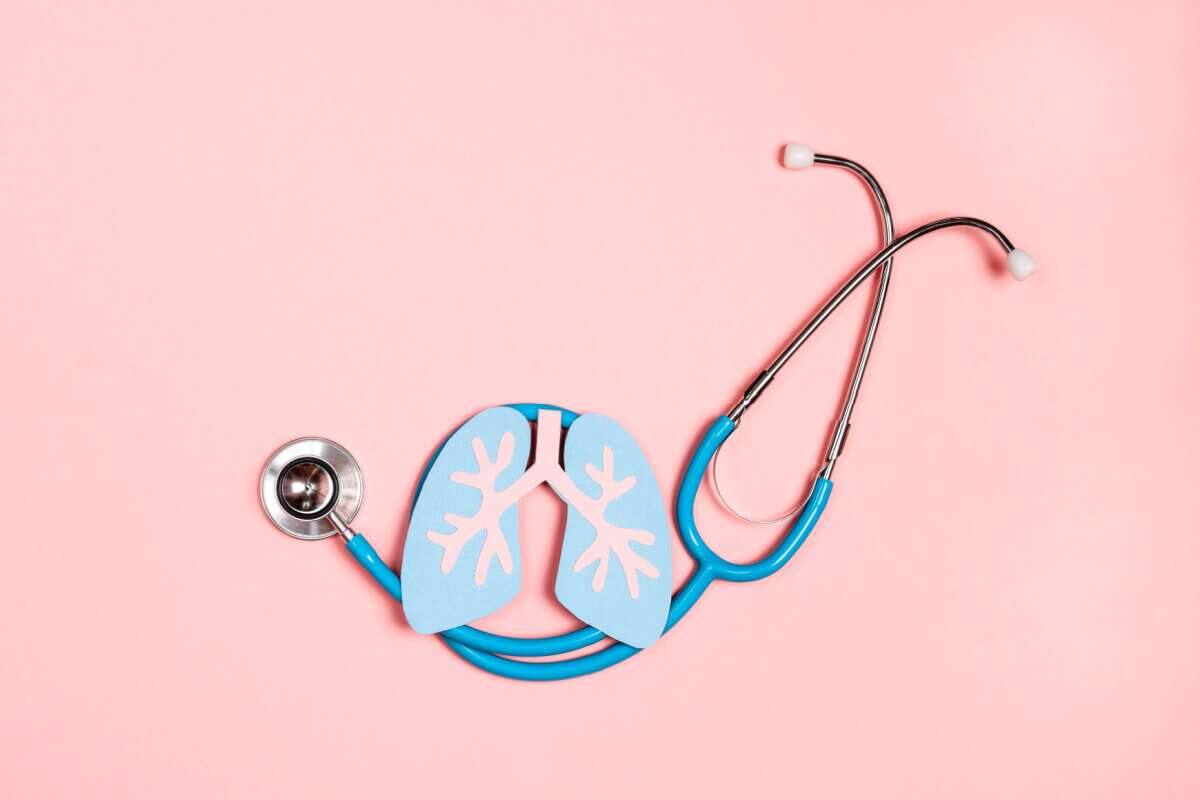Pulmonary embolism is a serious and potentially fatal medical condition if left untreated. It is one of the results of thrombosis, a disease that affects people who work while sitting, traveling long distances, patients in hospitals, pregnant women, and users of birth control pills.
“Pulmonary embolism is the main complication of Coagulation “Deep vein disease, which is characterized by the development of a blood clot within the veins of the legs due to insufficient blood circulation,” explains Dr. Aline Lamita, a vascular surgeon and member of the Brazilian Society of Vascular Diseases and Vascular Surgery.
According to the doctor, in the most serious cases, “this clot separates from the wall of the vein and circulates in the blood circulation until it reaches the lung, causing a pulmonary embolism that may even lead to sudden death.”
According to the doctor, most cases of blood clots are accompanied by embolism. He adds: “But emboli resulting from clots in large veins are the most dangerous, because they cause greater damage to the lungs and are an important cause of sudden death.”
Symptoms of blood clots
To prevent complications, Dr. Aline Lamita stresses that it is important to pay attention to signs of blood clots, which include pain in the leg, especially in the calf, accompanied by persistent swelling, heat, sensitivity and redness. Color change in the area and difficulty in it the movement It may also indicate a blood clot in the legs.
“Attention to the disease should be increased by those who have individual factors that increase the risk of blood clots, such as obesity, smoking, use of hormones and birth control pills, cancer patients, people who have a greater predisposition to blood clotting, pregnant women, the elderly, the physically disabled and people with varicose veins.” “.

It is important to consult a doctor when you notice symptoms of a blood clot (Image: fizkes | Shutterstock)
Symptoms of pulmonary embolism
If you are experiencing symptoms, the most important thing is to seek medical treatment as soon as possible to prevent the blood clot from developing into a pulmonary embolism, which symptoms include chest pain, cough, fatigue and unexpected shortness of breath.
Treatments for blood clots and pulmonary embolism
As mentioned, medical care is very important to avoid complications of diseases. “In general, treatment for blood clots involves the use of anticoagulant medications that will help reduce the stickiness of the blood clot. blood And in dismantling the clot, thus preventing it from growing and progressing to other areas, as well as preventing the occurrence of new clotting cases,” says the vascular surgeon.
According to Dr. Aline Lamita, anticoagulants are also used to treat venous obstruction. He adds: “In more serious cases, medications can also be prescribed to break up clots or surgeries can be performed to remove them.”
Prevent blood clots
The thrombosis generally resolves with treatment. However, the problem may come back, especially in people who are predisposed to the disease. Therefore, it is important to take some precautions aimed at preventing the problem. To achieve this, the doctor advises, according to the doctor, to stop smoking, drink plenty of water, follow a balanced diet, exercise regularly, and avoid spending too much time in the same position.
According to Dr. Aline Lamita, elastic stockings may also be recommended, as they compress the blood vessels, improve venous return, and thus prevent vascular problems such as varicose veins And coagulation.
“However, the most important thing is to consult a vascular surgeon regularly, especially if you have a predisposition or aggravating individual factors associated with the disease. Only he will be able to monitor your condition, make the correct diagnosis and recommend the best treatment for you if necessary.
Written by Paola Amoruso

“Wannabe internet buff. Future teen idol. Hardcore zombie guru. Gamer. Avid creator. Entrepreneur. Bacon ninja.”

